Design for Human Connectivity
I often get asked to “explain my PhD in a nutshell”.
As difficult as it is to summarise 5 years of research and practice in a website, this page is that nutshell.
The value of a connection
The reason human connections are so important in all aspects of our personal and professional lives is that we get a lot of value from the people we’re connected to.
Traditionally, personal connections were seen as our primary source of social or emotional value (e.g. friendships and a sense of belonging) and organisations looked at professional connections as providing functional value (e.g. task completion or access to knowledge).
In recent years, organisations have recognised the critical importance of social or emotional connections at work, for creating workplaces where people feel they belong and are well supported, able to show up as their authentic selves.
Importantly, there is a third category of value that is seldom acknowledged but which is becoming increasingly critical in the workplace. That is cognitive value. Cognitive value helps people to broaden their perspectives and think in different ways which is critical for problem-solving, creativity and innovation, but also for empathy, appreciation and tolerance of diverse others.
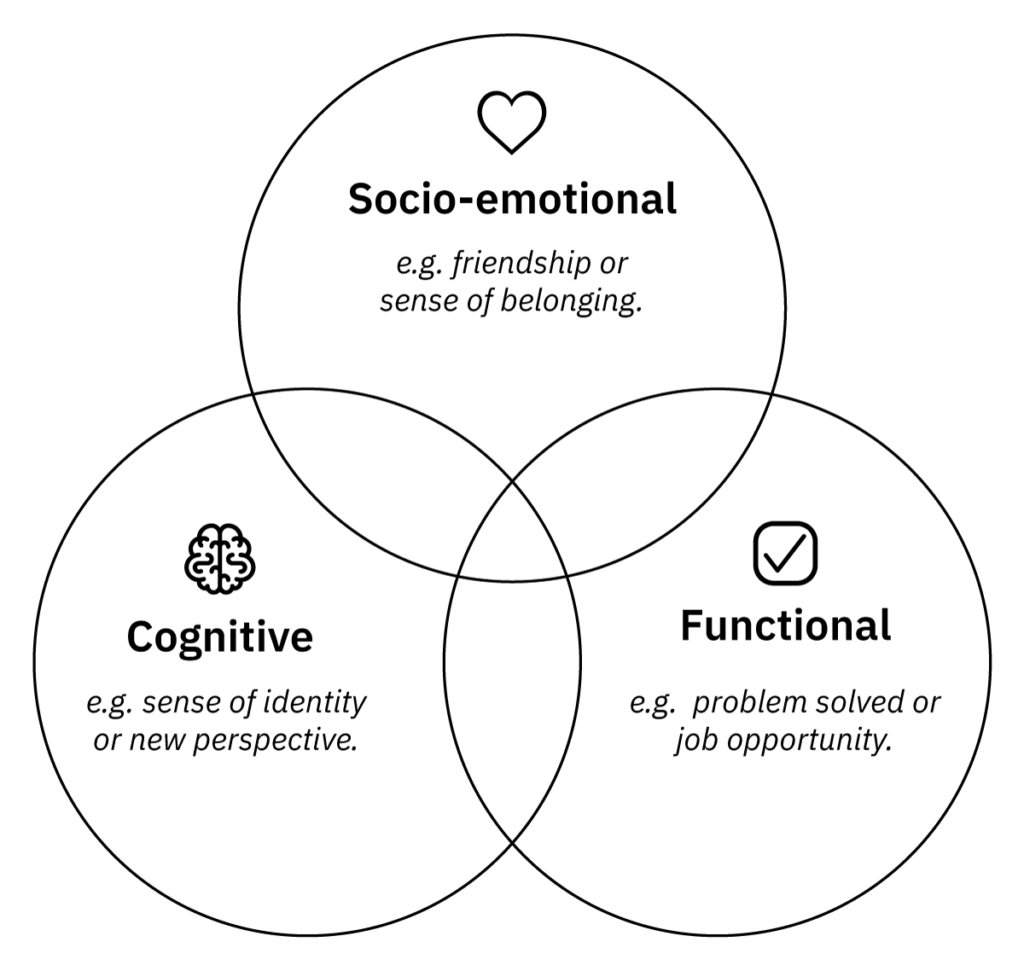
Organisations have a tendency of focusing on one type of value (typically functional value) to the neglect of others. This not only leaves people feeling dissatisfied at work but also means huge opportunities are likely being missed.
What are we getting wrong?
Because people get so much value from their connections to others, it is well established that human connectivity is critical to the well-being and performance of people, organisations, (eco) systems, and more.
Despite this, most people struggle to satisfy their human connectivity needs.
It became clear that we need to reframe how we think about and approach human connectivity as represented below, moving from… to…
FROM
TO
Individuals are responsible for satisfying their own human connectivity outcomes.
>
Organisations create conditions in which connecting happens naturally and authentically.
Human connectivity challenges are one-and-the-same, articulated in broad and encompassing terms.
>
Human connectivity challenges are distinct. They are articulated and addressed in nuanced and specific ways.
Approaches to addressing challenges are largely intuitive (e.g. ‘do what we feel might work’).
>
Approaches to addressing challenges are informed (e.g. grounded in research and able to be properly evaluated).
You know ‘why?’ My focus was to show ‘how?’
There is a mountain of brilliant human-connectivity-related research that helps us understand ‘why?‘ connections matter.
What has been lacking is knowledge and practical tools that can support people, leaders, organisations, communities in knowing how to improve outcomes in a deliberate and consistent way.
Answering the ‘how?’ questions has been the focus of my research and practice.
Process and outcomes
To effectively improve outcomes, we must support people through the process of connecting.
Breaking down the process of connecting into its constituent parts makes it possible to be specific in describing the nature of a connectivity challenge.
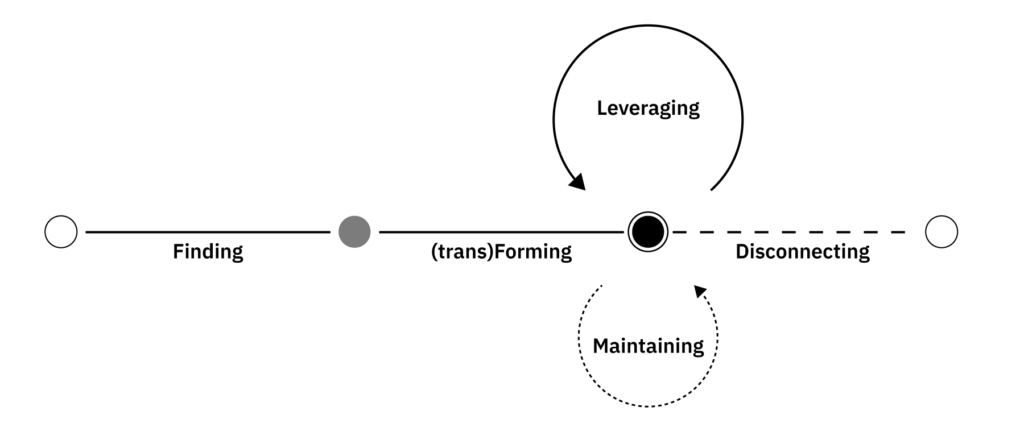
The Connector’s Journey breaks down the process of connecting into five distinct phases, each with its own unique requirements. For example, people trying to find others to connect to (e.g. new talent entering an organisation) have very different needs to say people trying to maintain connections to others they already know (e.g. workers trying to maintain connections with colleagues working remotely).
It all starts with Finding
All human connectivity begins with finding. Until a (potential) contact is found, you have no chance of forming a connection with them and deriving some kind of value from them.
Through my research I identified 5 tactics people can adopt in finding others to connect to. Like the phases in the Connector’s Journey, each finding tactic has different requirements.
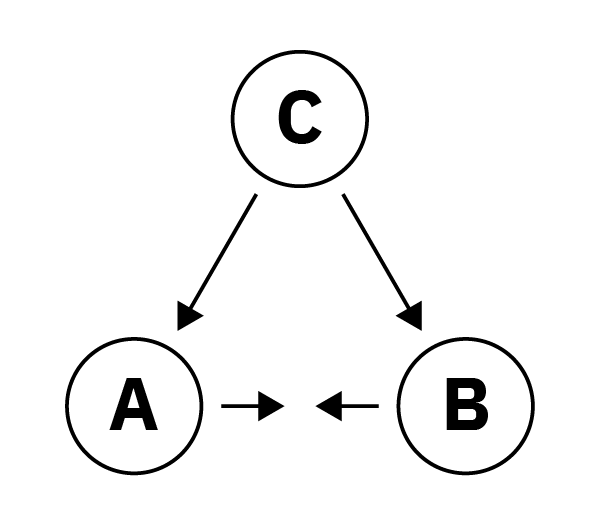
Stipulated
Stipulated refers to someone or something placing two people together.
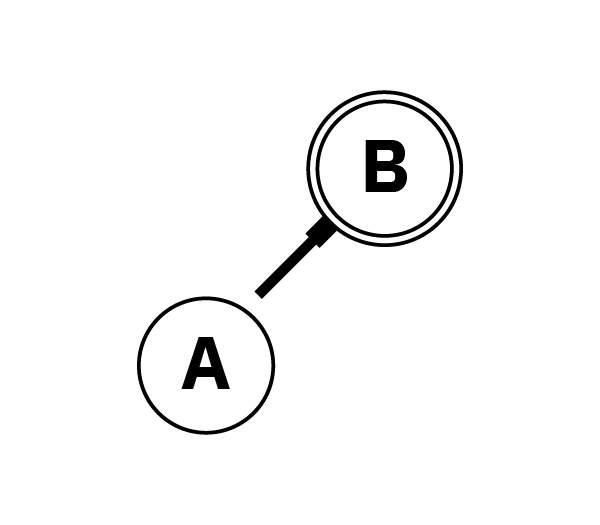
Sought
Sought refers to actively searching for a relevant person to connect to.

Suggested
Suggested refers to a third person introducing two others.

Seduced
Seduced refers to a person doing something that attracts another to them.
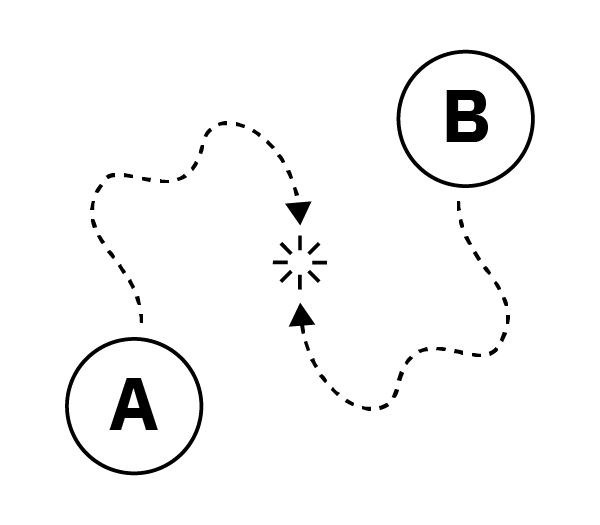
Serendipitous
Serendipitous refers to people finding each other seemingly by chance.
Much like the phases of connectivity, as the tactic(s) people are adopting to find others to connect to change, so do their requirements.
It is common for people or organisations to over-index on one or two tactics to the neglect of the others.
Design prompts to guide activities
Taking a nuanced and targeted approach to addressing human connectivity challenges and making the most of opportunities requires first understanding the factors that can influence outcomes.
Through a series of studies and an iterative process of testing and evaluation, I developed a set of prompts that can guide design for human connectivity efforts.
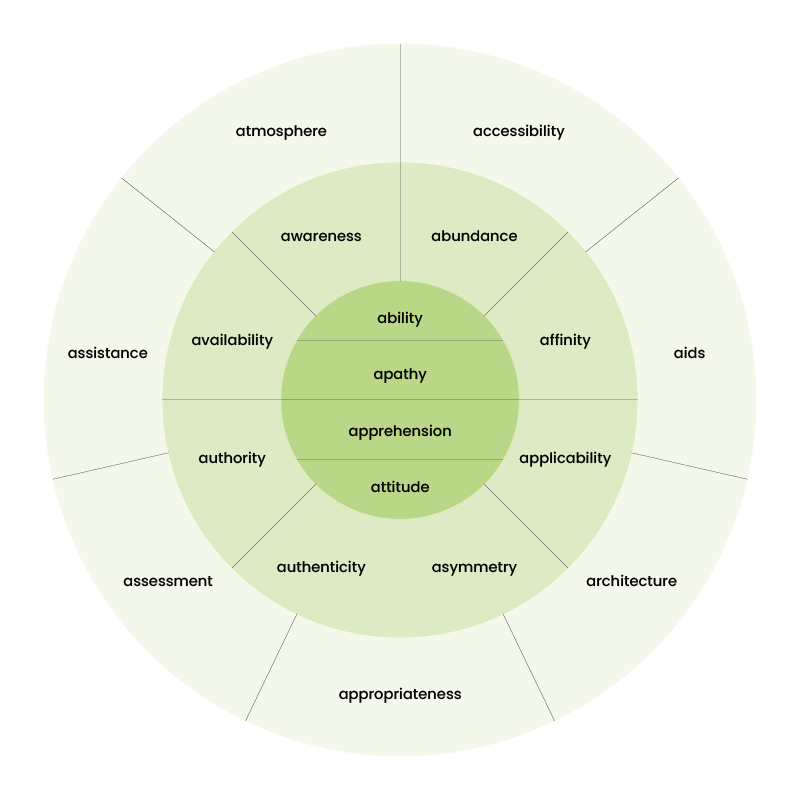
The design prompts can guide generative and evaluative design efforts.
Generative activities are those where you look forward, to design something new – be it a new process, an app, an event, or even a new layout for your headquarters.
Evaluative activities are those where you look back, to understand why something worked (or didn’t).
